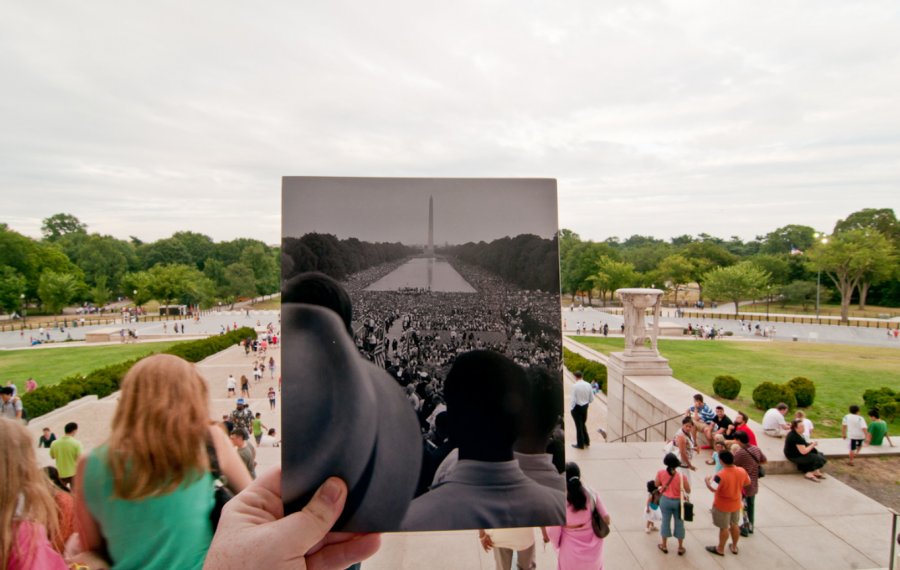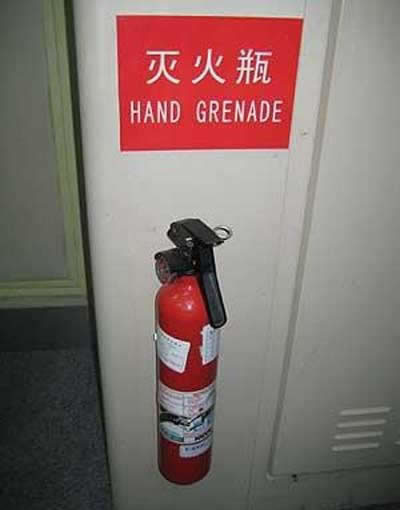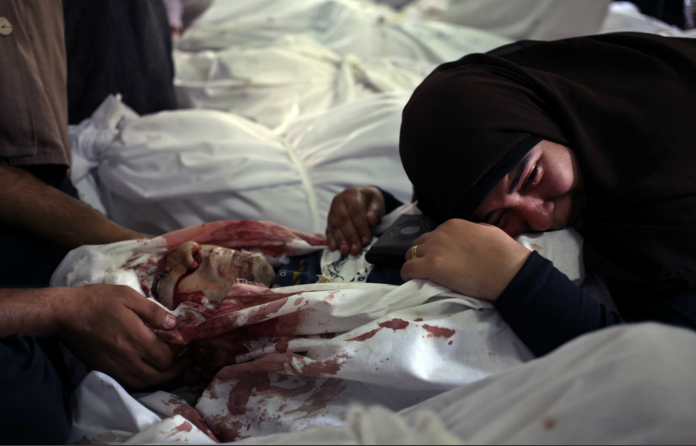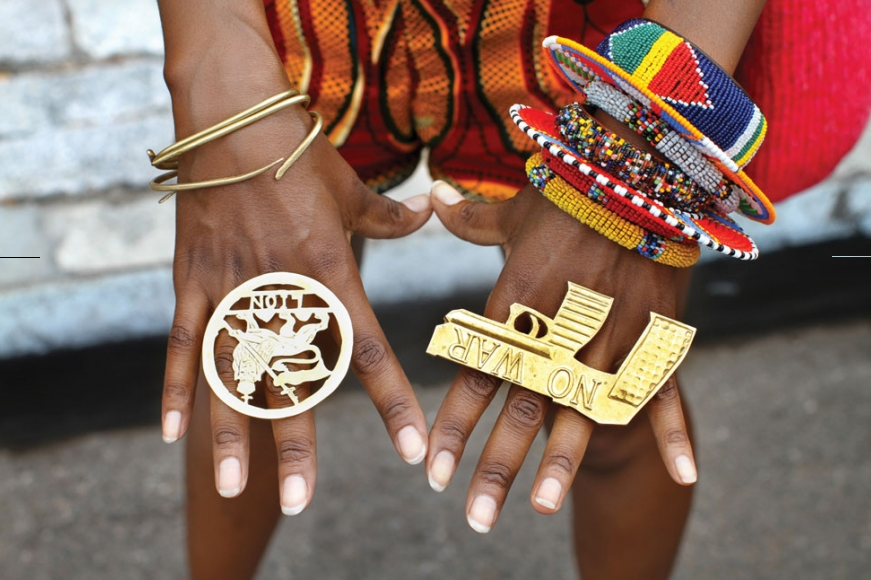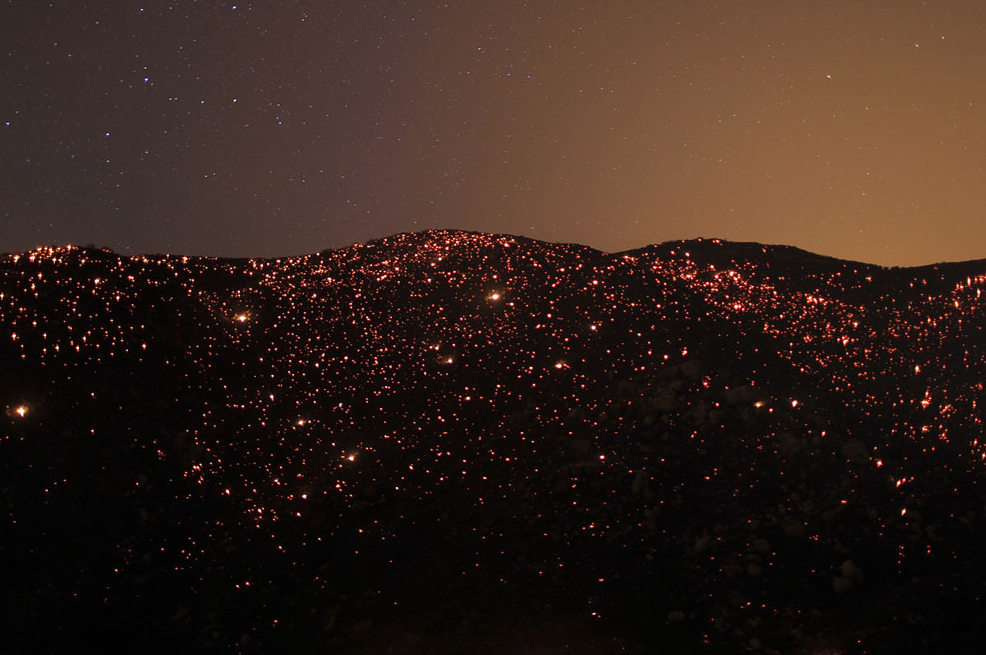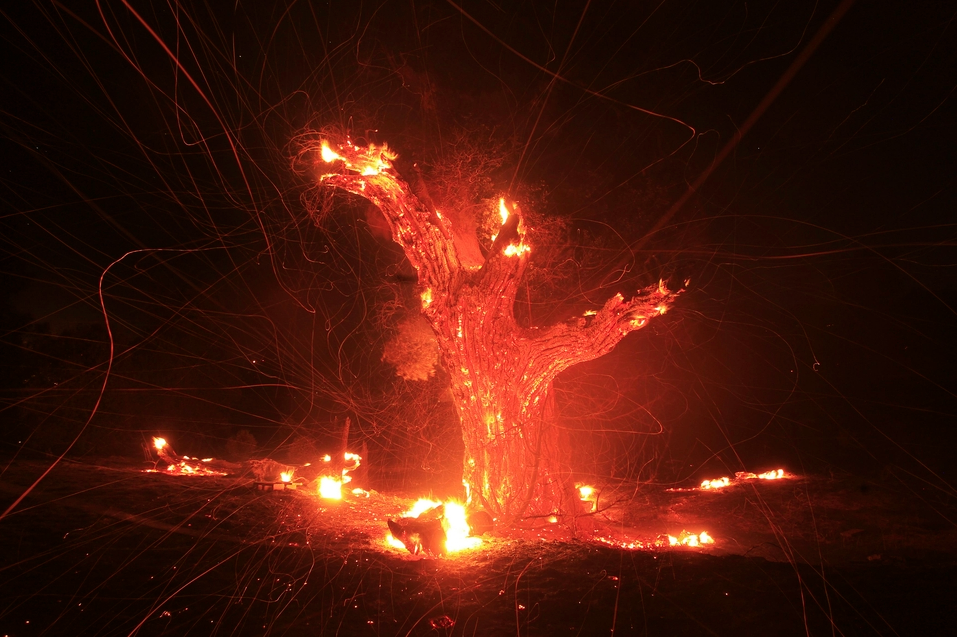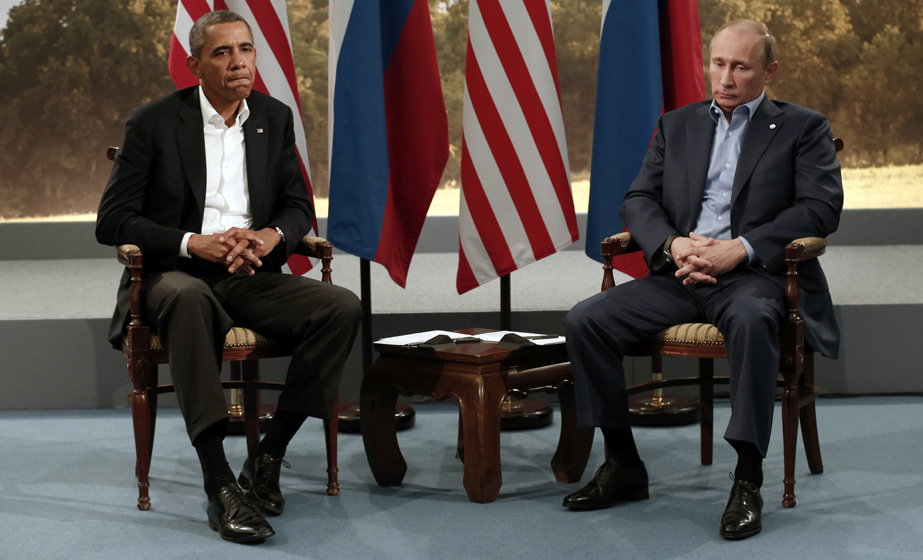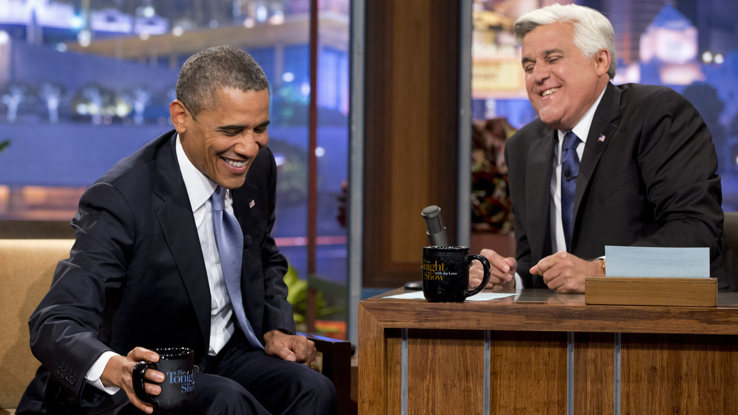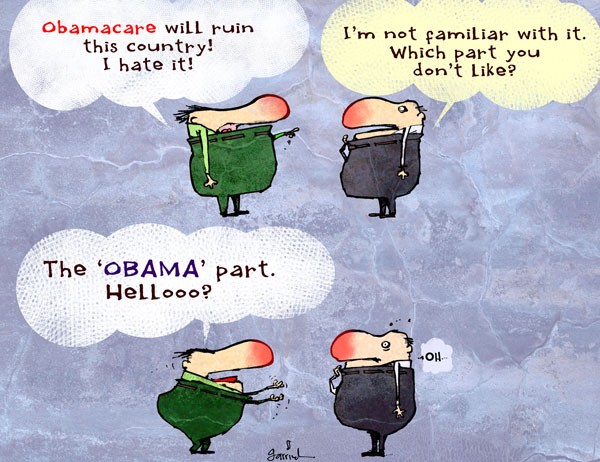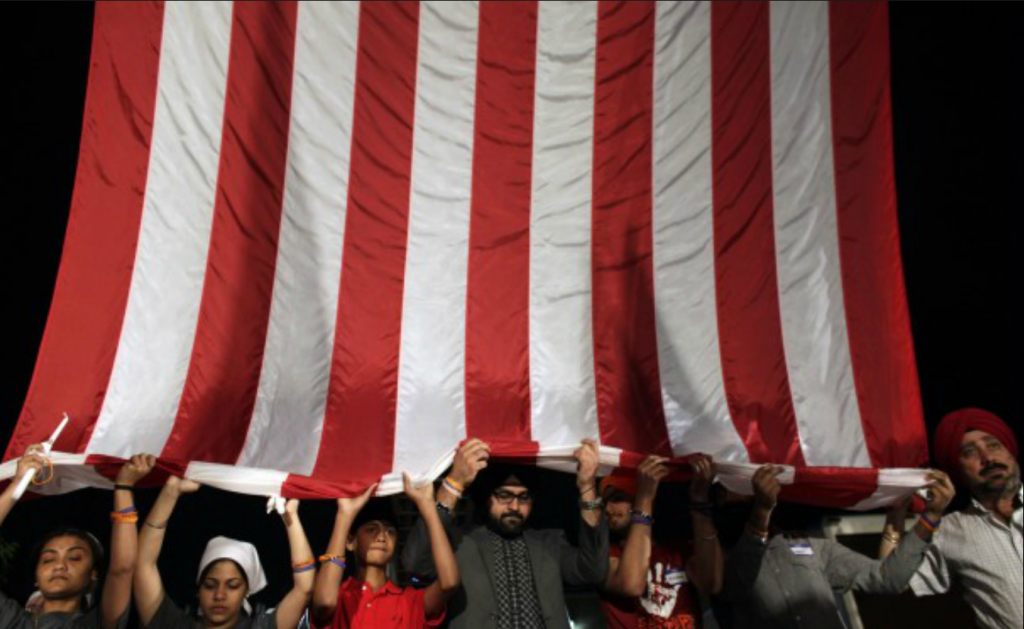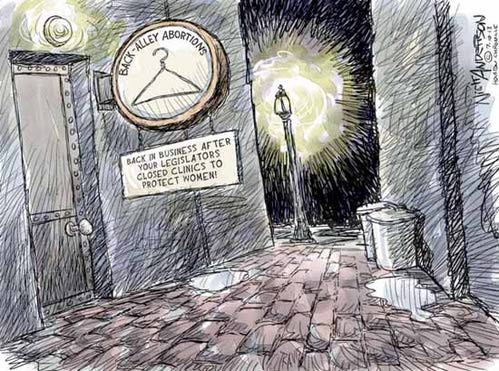I was about to turn eleven when the black and white photograph above was taken. My family lived in East Orange, NJ, a half-step up the socio-economic ladder from Newark, where I was born and my father worked. My best friend was Maurice and my parents referred to him as “your little colored friend.” My grandparents had another name for him. I wasn’t very interested in political matters at the time, my passions extending to baseball and the space program, but I sensed that something important was happening when Maurice’s grandparents loaded him and his sister on a church bus to take them to what they called “the march for freedom” in Washington, D.C.. When Maurice returned home it was all he could talk about for a week, but then our attention turned to other matters, like the hapless New York Mets. Just before school started we agreed to become “blood brothers,” using a penknife to knick our thumbs and then let our blood mix. Both our parents were livid. The following year my parents moved our family to a distant suburb. I remember hearing my father tell my grandparents that he wanted to get us “away from the wrong element.”
I had forgotten about all of this until it came back in a rush of memories after stumbling across the above photograph, part of Joseph Powell’s “Looking into the Past” project. It is a testament, of course, to the function of photographs as aide memoire, but there is something else going on with this image as well. Powell’s photograph relies on a visual trope we might call “then and now” as it calls attention to temporal differences and in my case the photograph not only invoked a racist tinged, nostalgic trip down memory’s lane, but it also made me think about how different (and similar) I am now from who I was in 1963.
More important than my personal memories, of course, is how we as a “people” remember and experience the relationship between now and then; after all, the photograph features the Mall in Washington, D.C., and if there is a visual marker for a national meeting place this surely has a pretty strong claim on it. The most obvious tension in the photograph comes from the difference between black and white (then) and, so called, “living color (now). But perhaps a more subtle and important tension is animated by the relationship of the container (the present) and the thing contained (the past). Differences in color tell us that one is past and the other more recent, but it doesn’t tell us how to read that relationship; locating the former picture within the frame of the later, however, suggests movement. And more, it implies that the past should be read through the lens of the present. To get the point, imagine the photograph as if the images were reversed, and the present was located within the larger landscape of the past.
Metaphors are important, and the key question here is not just what do we see when we look to the past through the lens of the present, but what does the lens invite or enable us to see in the present—or as with any optic, what does it restrict from vision? In this photograph the black and white past (which references a society divided into black and white) is miniaturized by the expansive magnification of the landscape of a multicolored present (which references a multicolored society). The implication is a somewhat liberal narrative of racial and national progress, perhaps even gesturing to that world where, in Dr. King’s terms, one is measured by the “content of their character” and not “the color of their skin.” But there is more, for then race relations were the occasion of a national “moral crisis” and those populating the Mall were citizens demanding justice; but notice that in the contemporary, multicolored landscape there is not even the hint of political activity as the active citizens in the earlier photograph morph into passive and leisurely tourists. Perhaps that is the world that Dr. King had in mind when he imagined his version of the American dream, but somehow I doubt it.
What is to be made of all of this? That, of course, is where things get tricky, for the past is not necessarily a prelude to the present (or for that matter the future), nor is the present the only lens through which to imagine the past. As we celebrate the fiftieth anniversary of the March on Washington there is an impulse to read the relationship between then and now as one of racial progress that remembers the past all too simply in terms of the present. And that is a compelling narrative that has some merit, even as we acknowledge that we have miles to go before we might achieve anything like a truly post-racial, egalitarian future. But reversing the lens reminds us that any progress that was made was hard fought, achieved by the blood and sweat of the active citizens willing to take on significant individual and collective risk to serve a public good. It asks us to consider the difference between then and now in terms of a much wider array of factors and outcomes. And when we see the photograph this way it has to give us pause to wonder if the public that represented such important civic activity then has now gone into eclipse. It is only a question, but it is one we ignore at some peril.
Photo Credit: Joseph Powell
